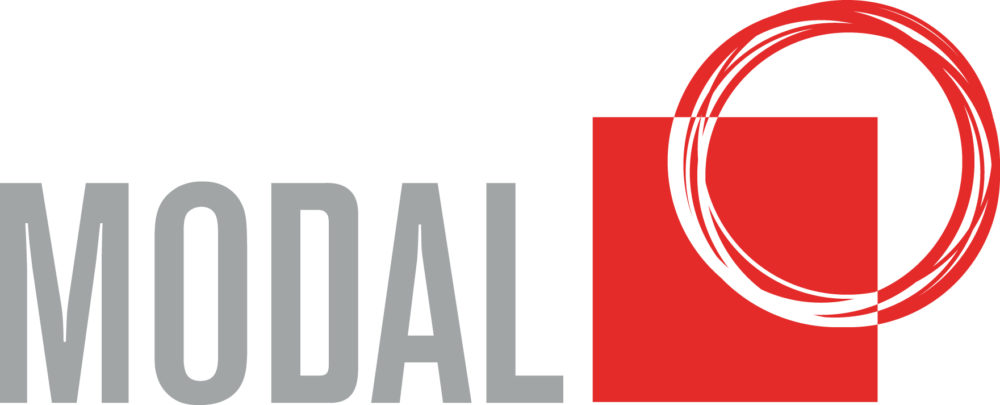Bureaucracies continue to exist despite a concerted effort by many organisations to change from structural systems of hierarchy and regimentation. We continue to conceptualise the familiar triangular shaped organisation and the underpinning social systems. This is not surprising as bureaucracies have worked well enough for long enough to become the standard structure for almost all social systems; including manufacturing, heavy industry, commerce, government, sporting clubs and even the traditional family hierarchy in the past.
For numerous decades now bureaucracies have been under attack and undergoing a slow demise. With considerable changes in our business, political and social environments organisations had needed to evolve and adapt to external pressures that were non-existent during the heady days of bureaucracies.
Less stable, global environments resulted in less bureaucratic structures, and fast changing industries such as technology also moved towards a looser more organic structure. This all makes sense in that as things shift and change, these organisations to survive needed to flex and move in pace, resulting in unstructured and uninhibited reporting and communication flows as an example.
This push towards less bureaucratic structures continues, with many organisations moving towards more team-based structures as an alternative.
Unfortunately, although more organisations are embracing teams as the new norm, the work and leadership practices are still trapped in the old bureaucratic paradigms. In the traditional mindset the team-leader continues to plan, organise, allocates, monitors and coordinates the work. Each team member does some part of the work and reports directly to the team-leader.
To effectively apply this new structure at the team level, the work of the team-leader and team must become the task of the whole team. The team-leader becomes more “boundary rider” managing coordination outside and between teams. Team members are then left to plan, organise, allocate, monitor, coordinate and complete the work themselves. Greater work responsibility and accountability are devolved to the level where day-to-day problem solving and decision making mostly occurs, with the team-members.
Regrettably, it has been more problematic than not, for organisations to fully embrace this team-based structure. Typically, the number of organisational levels is reduced with organisations becoming flatter. With the dynamic nature of work, it means there are a myriad of interlacing project teams, functional teams, working parties and committees, all required to keep the organisation functioning. The number and different types of teams within an organisation has now become complex and convoluted, making the shift to a new team-based structure more complicated and confusing.
Three key factors inhibit organisational effectiveness within a team-based structure, these are:
- Team-members are less aware of team priorities, which is their primary, secondary or tertiary team.
- There is less clarity towards roles and responsibilities for members in different teams.
- Team-leaders at all levels continue to operate within the traditional bureaucratic paradigms.
- Team-leaders are also team-members in other teams, confusing the roles they play.
Further complicating matters is that many organisations today have become hybrids, part bureaucracy and part something else. Bureaucratic organisations driven by policy and procedures, require members to be obedient and follow instructions. Whereas team-based structures require innovation and devolved responsibility. No wonder members in hybrid type organisational structures experience tension between such conflicting requirements.
There are still occasions where bureaucratic structures are working reasonably well, although they are becoming fewer as the move towards team-based structures and more flexible organisations continue. However, we are continuing to struggle to be effective. Teams fit well into our generic make-up as a tribal species but don’t always work as well as intended in our organisations. As more complex systems continue to develop, we can expect bureaucratic structures to become less and less effective. At the same time, systems that are more complex are also less predictable, and traditional rational planning and problem-solving will also lose much of their effectiveness. Most importantly however, it remains that the greatest obstacle are our well-embedded beliefs and behaviours that continue to support traditional structures and strategies. Experience has shown that when organisations move people to a new structure, they take their old paradigms and behaviours with them.
As leaders and practitioners continuously looking for effectiveness opportunities, working to breakdown these traditional paradigms and behaviours is paramount to success in a team-based environment. There are opportunities for those willing enough to seize them, but they will also bring a range of challenges that will need concerted attention. For example:
- Managing hybrid organisations, part bureaucracy and part something different
- Helping team members to develop the skills and orientations that enable effective team decision making and problem solving
- Helping team leaders to abandon much of their control of their team, giving their attention instead to facilitating the team, and managing upwards and outwards rather than downwards
- Rediscovering our evolutionary commitments to good relationships while learning to manage diversity and conflict
- Coping with the growing use of virtual teams and temporary project teams.
One important initiative towards creating team-based success is to redefine and reaffirm the team’s ‘Principles’ or team-charter. Guiding principles provide a more fluid approach to teamwork rather than detailed procedures based on traditional bureaucratic paradigms. The principles should reflect the worth of values-based rather than instrumental organisational allegiance, and the benefit therefore of developing and recruiting for values, as well as skills and experience.





